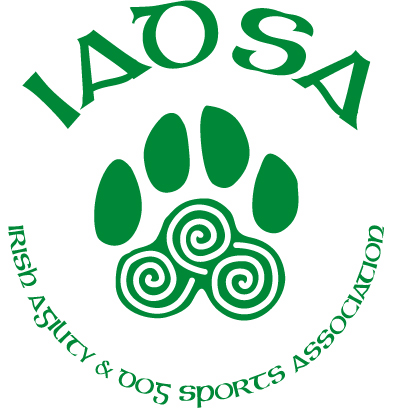Dog agility is a dog sport in which a handler directs a dog through an obstacle course in a race for both time and accuracy. Dogs run off leash with no food or toys as incentives, and the handler can touch neither dog nor obstacles. Consequently, the handler’s controls are limited to voice, movement, and various body signals, requiring exceptional training of the animal and coordination of the handler.

In its simplest form, an agility course consists of a set of standard obstacles laid out by a judge in a design of his or her own choosing in an area of a specified size. The surface may be of grass, dirt, rubber, or special matting. Depending on the type of competition, the obstacles may be marked with numbers indicating the order in which they must be completed.

Courses are complicated enough that a dog could not cmplete them correctly without human direction. In competition, the handler must assess the course, decide on handling strategies, and direct the dog through the course, with precision and speed equally important. Many strategies exist to compensate for the inherent difference in human and dog speeds and the strengths and weaknesses of the various dogs and handlers. Beginner handlers and dogs start their competitive agility journey at grade 1. There are seven grades in total and anyone that is an experienced handler must start each new dog at grade 3.

Under IADSA rules, dogs are measured into one of four height categories: large, intermediate, medium and small. The hurdles, long jump and tyre are adjusted for each different height.

